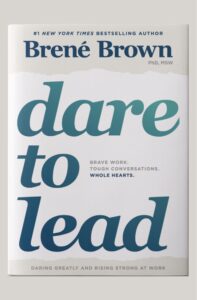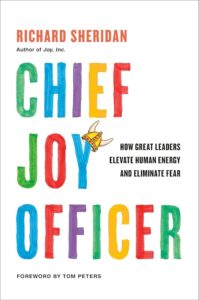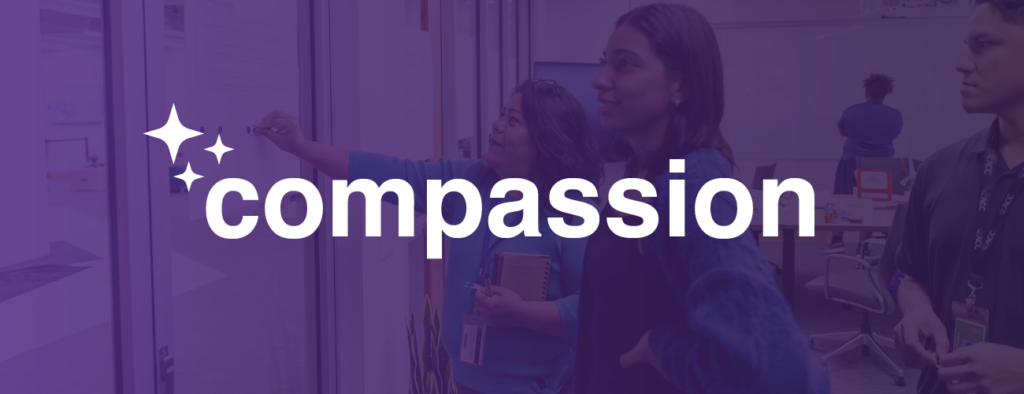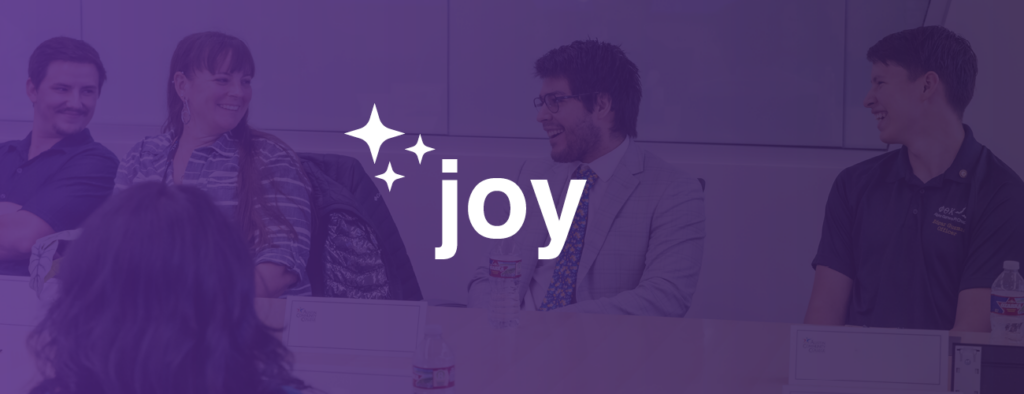You can follow along and learn with the CLI. Check back here for a list of books the cohort is reading and discussing and to find more resources from the CLI curriculum.
Chancellor’s Leadership Institute 2024-25 Book List
Assigned Readings From
✓



Activities and Discussions Guided By
✓


Read Along with Us!
We are using Brene Brown’s Dare to Lead Book (DTL) AND the Dare to Lead Read Along Workbook (RAWB) this year in CLI. You can access these resources yourself:
• Dare to Lead Read Along Workbook
• Visit the Dare to Lead Website.
Student and Employee Graffiti Project
The CLI Graffiti project aims to bring student and employee feedback into the CLI sessions. Student and employee comments were collected in August and September 2024 at HLC, RGC, and RRC.
Learning Objectives
Day 1 – Learning Objectives
✓
After our session, participants will:
- Understand RLH perspectives on leadership and the connection between CLI and TOC work
- Build connections between cohort members (list names / roles of cohort)
- List general topics for the week (See RLH Goals for CLI)
- Generate behavioral expectations for our time together
- Explore ways to communicate values to teams
- Summarize key TOC goals and groups
- List key strengths and strengths of others
- Describe current employee concerns about leadership and climate / Connect to roadblocks for TOC work
- Compare / Contrast current state to aspirational state in Dare to Lead
Day 2 – Learning Objectives
✓
After our session, participants will:
- Prioritize leadership skills previously discussed
- Articulate key skills from the Dare to Lead
- Explain role of cabinet members’ area in relation to the college as a whole. / Connect key TOC goals to the work done in areas of chosen cabinet members
- Articulate key reasons for needing change at ACC
- Discover connections to cohort members / focus on leadership wins
- Discover connections to cohort members / focus on leadership challenges
Day 3 – Learning Objectives
✓
After our session, participants will:
- Relate the work of “their” area to efforts taking place in another part of the college
- Articulate key skills from Dare to Lead
- Explain role of cabinet members’ area in relation to the college as a whole. / Connect key TOC goals to the work done in areas of chosen cabinet members
- Articulate key reasons for needing change at ACC
- Develop competencies for an ACC leader / Define ACC leadership (as compared to management)
- Explore feedback provided by RLH on draft definitions and competencies
- Formulate ways that they can plan their tasks and prioritize leadership (in support of ToC and other team goals)
- Build community and plan for day 4 discussions
Day 4 – Learning Objectives
✓
After our session, participants will:
- Propose ways to support team members as leaders
- Evaluate the challenges and successes of teams as they work
- Identify key concerns of employees / Devise ways to offer support differently
- Practice kindness to the self / Resources for when work is hard
- Discuss leadership topics of interest (to be determined by the group)
Day 5 – Learning Objectives
✓
After our session, participants will:
- Reflect on challenging assumptions from previous session
- Discuss leadership topics of interest (to be determined by the group)
- List some reasons why a culture of growth is a benefit to an organization
- Explore options for sharing deliverables / lessons learned outside of our group
- Construct a summary of lessons learned over the week
- Question the Chancellor about TOC, Climate, or anything else on the minds of the group
- Assess changes needed to move forward as an ACC leader
- Explain next steps for cohort members
Day 6 – Learning Objectives
✓
After our session, participants will:
- Assess changes needed to move forward as an ACC leader
- Explain role of cabinet members’ area in relation to the college as a whole. / Connect key TOC goals to the work done in areas of chosen cabinet members
- Articulate key behaviors related to Armored vs Open Leadership from “Dare to Lead”
- List services and their locations at RGC
- Discuss leadership topics of interest (to be determined by the group)
- Articulate key reasons for needing change at ACC
- Further hone the process and plan for producing required CLI deliverables
Day 7 – Learning Objectives
✓
After our session, participants will:
- Reflect on what makes our jobs a joy, and how we can pass that on to others.
- Continue to hone the process and plan for producing required CLI deliverables
- List reasons that storytelling is an important part of leadership
- Produce stories to share with others
- List services and their locations at CYP
- Explain how CliftonStrengths connect to ToC AND to efforts to improve communication and culture through work with direct reports and other downstream team members
- Articulate how shame and empathy relate to leadership in the “Dare to Lead” framework
- Explain role of cabinet members’ area in relation to the college as a whole. / Connect key ToC goals to the work done in areas of chosen cabinet members
- Examine options for shifting a focus from managing teams to developing leaders and functional teams.
Day 8 – Learning Objectives
✓
After our session, participants will:
- Reflect on recommitting to the CLI process and to each other
- Articulate how shame and empathy relate to leadership in the “Dare to Lead” framework
- Begin to develop a plan to communicate important issues to cabinet
- List services and their locations at NRG
- Explain role of cabinet members’ area in relation to the college as a whole. / Connect key ToC goals to the work done in areas of chosen cabinet members
- Articulate ways to use data storytelling in their leadership roles
- Communicate key updates regarding the Theory of Change to their teams and colleagues across the college
- Discover persistent challenges that impact success of community college students
- Relate to CLI colleagues in an informal setting (and judge each other’s sweaters!)
Day 9 – Learning Objectives
✓
After our session, participants will:
- Reflect on RLH’s vision of leadership for ACC and CLI’s role in that transformation
- Hear from external speakers: Examine different models of leadership and consider ways to adapt our own leadership styles
- List services and their locations at EGN
- Articulate how “Rumble Starters” and “Horizon Conflicts” relate to leadership in the “Dare to Lead” framework
- Continue to build connections between cohort members
- List RLH goals for work with Cabinet and discuss next steps
Day 10 – Learning Objectives
✓
After our session, participants will:
- Reflect on things that can shut down daring leadership.
- Hear from external speaker: Examine different models of leadership and consider ways to adapt our own leadership styles.
- Develop a plan for CLI/Cabinet interactions.
- List services and their locations at RRC.
- Articulate personal values and the support needed to live into them.
- Identify key ways to respond to feedback utilizing a Daring leadership approach.
- Connect Clifton Strengths to “The Seven Expectations of Great Managing” by reviewing employee feedback and responding with daring leadership.
- Discuss topics of interest (to be determined by the group)
- Reflect on lessons learned over the day and highlight supportive ways to interact with our teams.






